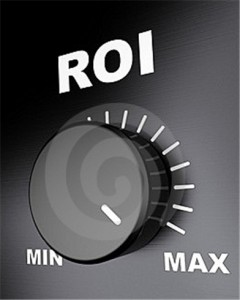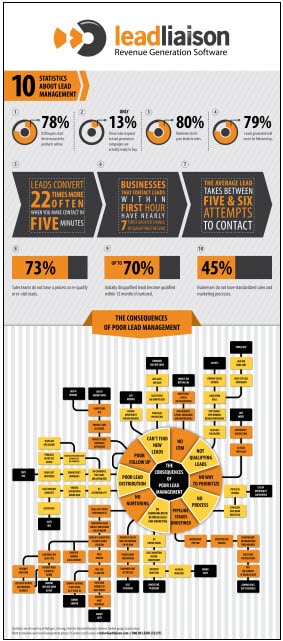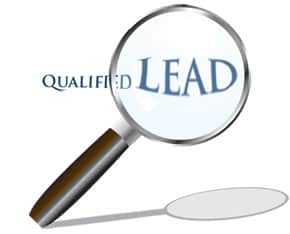The Five Biggest Benefits of Quality Lead Scoring
 Lead scoring is a sales and marketing methodology used to rank prospects against a scale that represents high-quality leads. Savvy marketers are quickly discovering the impact quality lead scoring can have on generating leads with a higher potential for conversion, which is critical in today’s competitive global marketplace.
Lead scoring is a sales and marketing methodology used to rank prospects against a scale that represents high-quality leads. Savvy marketers are quickly discovering the impact quality lead scoring can have on generating leads with a higher potential for conversion, which is critical in today’s competitive global marketplace.
These are the five biggest benefits of quality lead scoring:
Quality Lead Scoring Simplifies the Lead Evaluation Process
Using an automated lead scoring system will make it easier to quickly qualify leads based on pre-determined criteria. Quality lead scoring is based on attributes and behavior of typical customers, so there is solid basis for comparison. By using an automated process to rank each lead, marketing can quickly determine which leads require additional information and which leads are ready to make a purchase.
Lead Scoring Provides a Detailed Profile of Potential Leads
Quality lead scoring defines leads based on both behavioral and demographic characteristics, which offers sales and marketing a clear and detailed picture of a lead’s needs and interests. This information is invaluable when nurturing and guiding a lead through the marketing funnel.
Good Lead Scoring Strengthens the Relationship with a Lead
The better insight into a lead’s needs and interests the better marketers have the ability to personalize content that is shared with the lead, which creates a more meaningful connection. Providing leads with useful and relevant information prior to making a sale strengthens trust in the brand and creates loyalty.
Lead Scoring Processes Provide insight into the Lead’s Buying Process
Leads that marketing automation generates from a website will be at different stages within their buying process. Some could still be investigating the need for a product or service, while others may be on the verge of making a decision. Lead scoring helps decipher at what point the lead is at in their journey, so the right follow-up is done to convert them into a customer.
Lead Scoring Methods Produce Higher Quality Leads
Leads need to reach a certain ranking which shows they are not only interested in a product or service, but they are currently ready to make their decision, before they are given to the sales department. Due to this systematic screening process, the chances of the sales team converting a lead improves exponentially.
These five factors are the main reasons why so many business leaders are tapping into the world of marketing automation by using the benefits of lead scoring to their advantage. Every company wants the inside scoop on their potential customers and lead scoring does exactly that.
Checkout Lead Liaison if you’re interested in seeing how we use unparalleled lead qualification technology by combining lead scoring, lead grading, recency, buy signals and total activity to better qualify leads.










